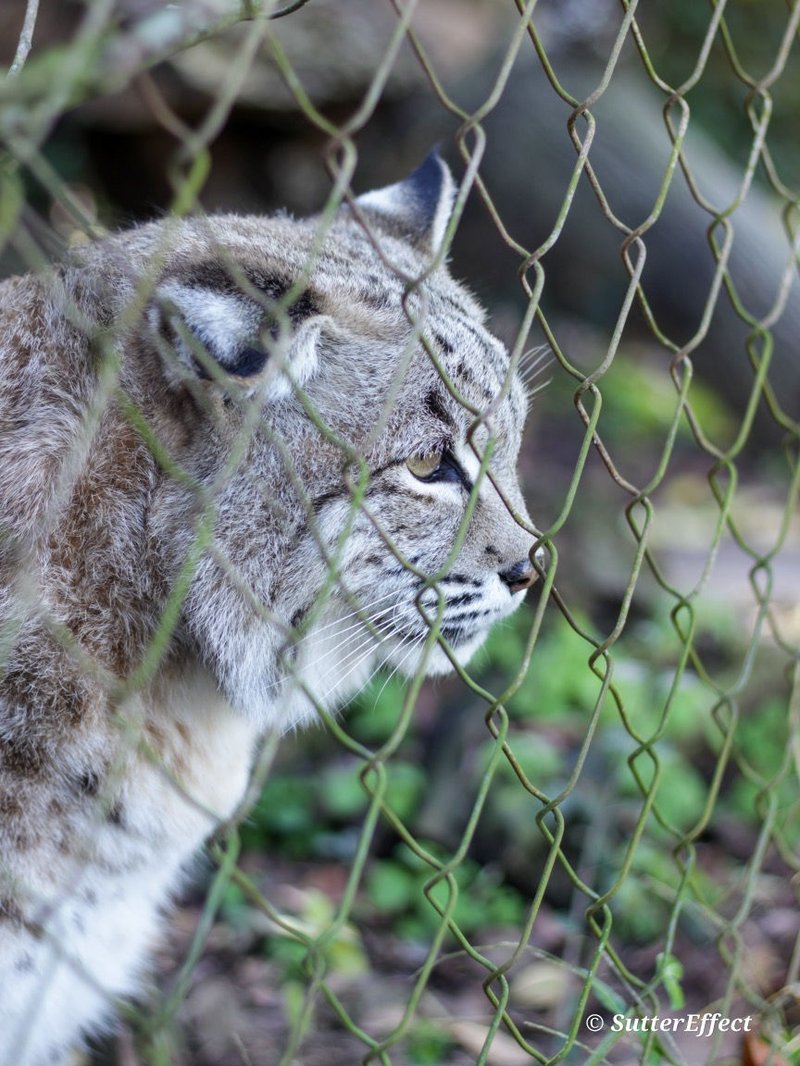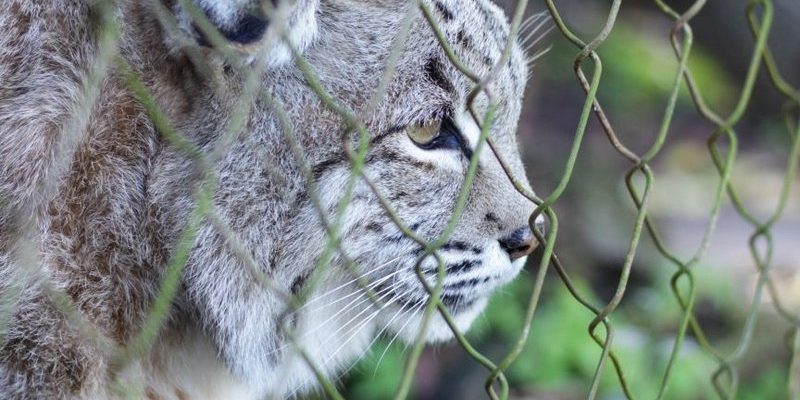
Wolf worms, technically known as *Hypoderma* larvae, come from flies that lay their eggs on the fur of wild animals like wolves, coyotes, and even domestic pets. Once the larvae hatch, they burrow into the skin and make their way to the host’s brain, which sounds like something out of a horror movie. For wildlife rehabilitators, dealing with these parasites is part of their mission to help animals recover and thrive. Let’s dive deeper into how they tackle this unusual challenge.
Understanding Wolf Worms: The Basics
Wolf worms aren’t just pesky; they can cause serious health issues for their hosts. These larvae can disrupt the normal functioning of the brain, leading to neurological symptoms. Infected animals may exhibit behavioral changes, such as disorientation, lack of coordination, or even seizures. The impact can be severe, especially in young or weakened animals.
Wildlife rehabilitators often first identify the problem through visual signs and behavioral changes. Imagine you’re a dedicated rehabilitator looking after a coyote that suddenly seems lost or confused. You might suspect something more than just a typical injury. Recognizing these symptoms early can be crucial for effective treatment.
Once a wolf worm infection is suspected, the next step is typically a veterinary examination. Vets may use imaging techniques like X-rays or ultrasounds to confirm the presence of larvae. This process can be compared to finding the needle in a haystack—it requires patience, skill, and often a bit of luck.
Detection and Diagnosis: The First Steps
Diagnosing a wolf worm infestation isn’t straightforward. Wildlife rehabilitators often need to look for specific signs, both physical and behavioral, to make an accurate assessment. During an examination, they may look for lumps or swelling on the animal’s body where larvae might be burrowing.
Additionally, changes in behavior can provide clues. For example, if a coyote suddenly becomes more aggressive or shows signs of confusion, this could signal an issue involving parasites. Rescue workers might take a closer look, hoping to uncover the truth behind these changes.
Sometimes, rehabilitators will also check the animal’s history. Has it been seen in areas known for wolf worm infestations? This background can give context to the current symptoms, helping the rehabilitator make a more informed decision about the next steps.
Treatment Options: What Can Be Done?
Once wolf worms are confirmed to be the culprit, it’s time for action. Treatment usually involves a combination of medical intervention and supportive care. While it might sound daunting, wildlife rehabilitators are well-versed in handling such situations.
In many cases, veterinarians will prescribe anti-parasitic medications to help eliminate the larvae. This might involve a series of doses over several days or weeks. However, here’s the thing: just giving the medication isn’t always enough. The rehabilitator must also provide supportive care to help the animal recover from any damage the worms may have caused.
This support can include ensuring the animal is well-fed and hydrated. It might also involve creating a safe, stress-free environment in their rehabilitation area. It’s a little like caring for a friend who’s been through a tough time—you want to make sure they’re comfortable while they heal.
Preventing Wolf Worm Infestations: Key Strategies
Prevention is better than cure, right? Wildlife rehabilitators recognize that keeping animals safe from wolf worms begins before they even encounter these parasites. This involves various strategies aimed at reducing the risk of infestation.
One effective method is monitoring areas known to harbor wolf worms, like specific habitats where wild canines are more common. Regular health checks for populations in these areas can catch issues before they escalate.
Additionally, educating pet owners about keeping their animals safe is vital. If a dog or cat spends time outdoors where canines roam, they are at risk. Understanding how to recognize signs of wolf worms can lead to quicker action if issues arise.
Finally, fostering healthy ecosystems is another preventative measure. When habitats are balanced and animals are healthy, they’re less susceptible to infections. It’s like maintaining a garden—healthy plants are less prone to pests.
The Role of Public Awareness: Community Involvement
Wildlife rehabilitators can’t do it alone. They often rely on community support and awareness to help combat issues like wolf worms. Increasing awareness leads to quicker reporting of sick animals, which can make all the difference in treatment.
Education plays a huge part here. Workshops, social media campaigns, and local events can help spread the word about how wolf worms affect wildlife. When people understand what to watch for, they’re more likely to seek help early.
Additionally, sharing success stories about rehabilitated animals can inspire others to get involved. These stories often demonstrate the incredible resilience of wildlife and the importance of community support in conservation efforts.
The Future of Wildlife Rehabilitation: Challenges Ahead
As wildlife rehabilitators face ongoing challenges, the issue of wolf worms is just one of many. Climate change, habitat loss, and other factors are impacting wildlife health, making it all the more essential for rehabbers to adapt their approaches.
Emerging research on parasites, including wolf worms, can provide valuable insights into effective treatments and preventive measures. Organizations focused on wildlife health are continuously looking for new ways to educate rehabilitators and the public.
While there’s work to be done, it’s important to recognize the strides made in wildlife rehabilitation. With the right resources and community support, rehabilitators can continue to tackle the complex issues posed by wolf worms and other wildlife health challenges.
In conclusion, dealing with wolf worms may seem like a daunting task, but wildlife rehabilitators rise to the challenge with knowledge, compassion, and determination. Their work not only helps individual animals but also contributes to the overall health of ecosystems. By raising awareness and fostering community involvement, we can all play a part in supporting the fascinating world of wildlife rehabilitation.

